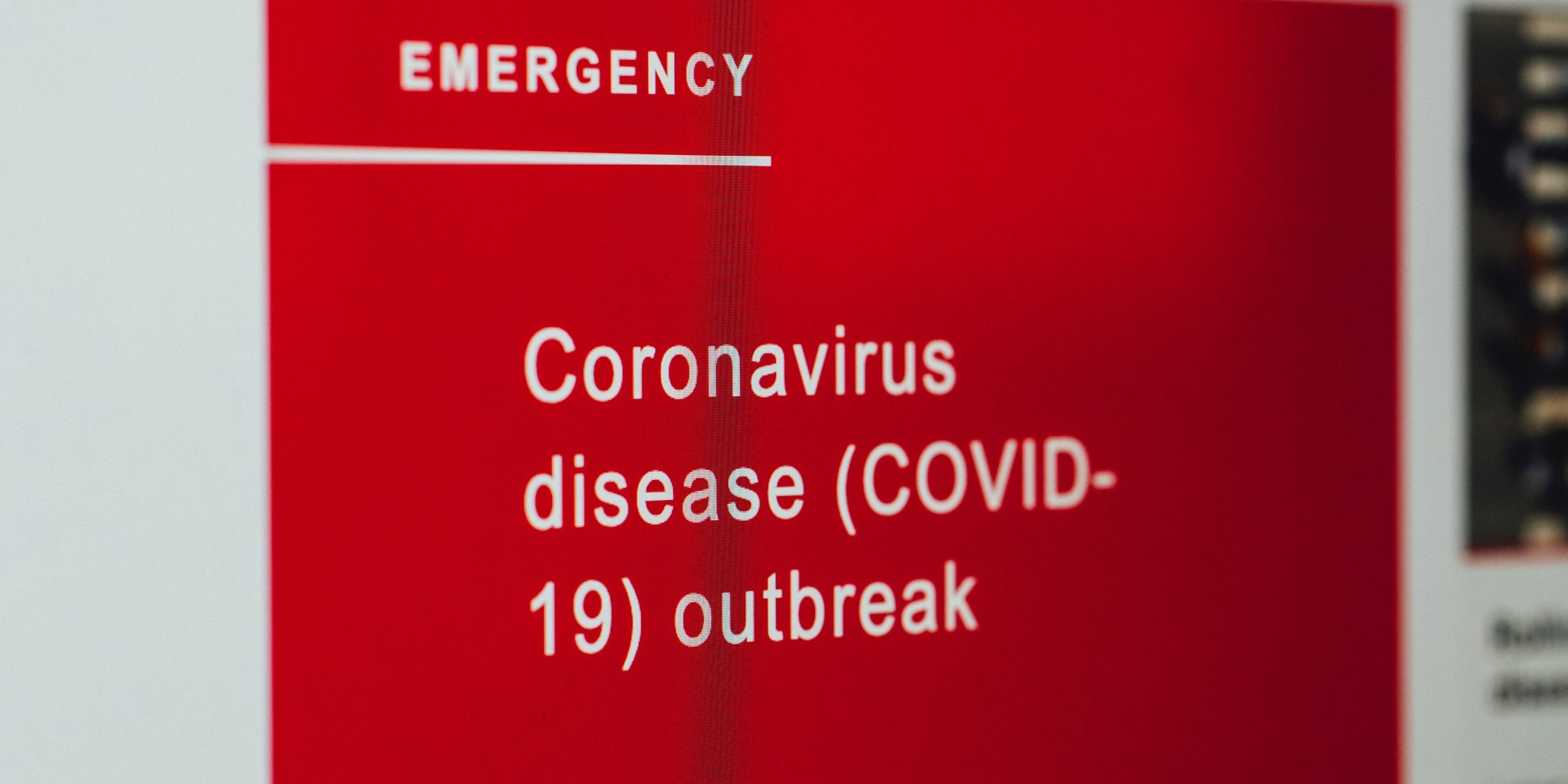As more information is uncovered about the Covid-19 virus, methods of diagnosis leading to prevention are uncovered as well. Since it’s initial detection, Covid-19 has been observed in the saliva of infected individuals. This leads to the potential of a convenient, non-invasive and cost-effective diagnosis strategy.
Current Testing
Shortly after it’s initial detection, the Chinese Centre for Disease Control and Prevention published the viral genome of the Covid-19 virus into international database banks. Therefore, rRT-PCR (reverse transcription polymerase chain reaction) tests were developed by effected countries to detect Covid-19 infections. The samples taken for diagnosis include nasopharyngeal, oropharyngeal and blood samples.
Potential for Further Testing
It can be hypothesized that Covid-19 can present in the saliva through three pathways.
- Covid-19 in the lower respiratory tract can enter the oral cavity, through constant exchange between these organs.
- Covid-19 in the blood can present in the oral cavity via crevicular fluid.
- Through infection of major and minor salivary glands.
It is important to note that salivary gland epithelial cells can be infected by SARS – CoV. Considering the similarities between Covid-19 and SARS-CoV, we can speculate that patient salivary glands can provide an important source for detection of Covid-19. Moreover, it has been shown in animal models that there is a presence of SARS-CoV specific secretory immunoglobulin A (SigA) in the saliva of immunized animals. Therefore, by using specific antibodies to Covid-19, we can potentially perform diagnostic tests.
Although more testing has to be performed to confirm this pathway for diagnosis of the Covid-19 virus, it holds potential. Such a method can be followed in order to provide pre-screening or diagnosis by healthcare professional, including oral health professionals. Also, noting the relatively non-invasive method of sampling saliva, at-home self- screening can also be done – decreasing transmission in the health care setting.


